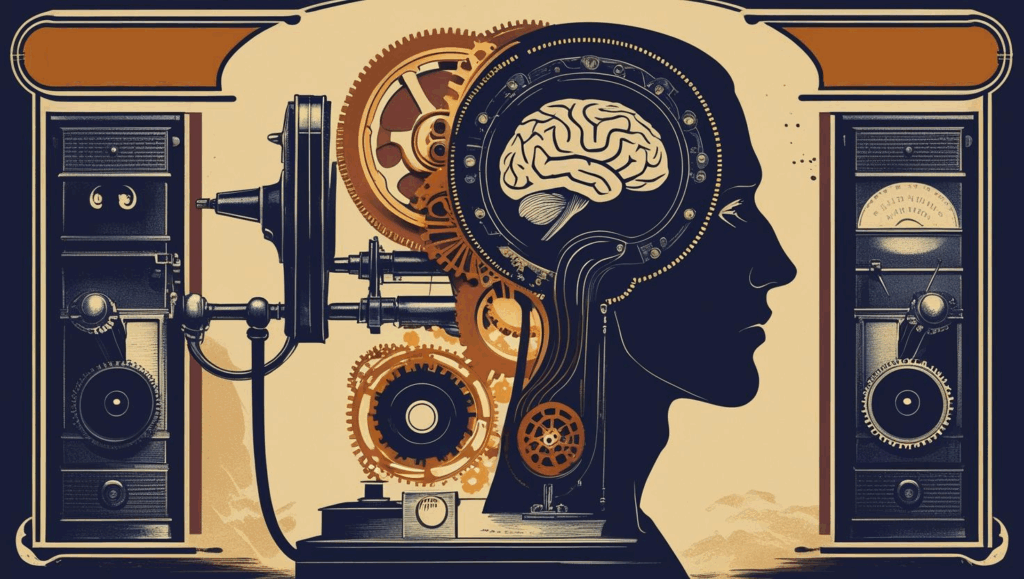AI Hype vs. Reality: Why Only 8% Will Pay Extra for Smart Features

If the headlines are to be believed, everyone loves artificial intelligence. Yet in a recent study, only 8% of U.S. adults said they’d pay extra to use AI features in a product or service.
That’s a tiny number I tried to wrap my head around Sunday morning when AI helped me remove Pledge residue from my dining room table. The recommended weak vinegar solution of a third of a cup of vinegar with one cup of water applied with a microfiber cloth then wiped dry with another cloth did the trick.
No matter how much utility and value I get from AI, the truth for most people is far different. There’s mounting evidence that most people are, at least for now, highly skeptical of the technology and reluctant to embrace it.
There May Be A Bot For That, But Many Won’t Pay More For It
People expressed a lot of reluctance to be forced to use AI in a March 2025 online survey by ZDNET/Aberdeen:
- 31% of adults indicated they would stop using a product if they couldn’t cut out or turn off AI assistant features;
- 71% of U.S. adults, and 81% of adults aged 55 and older, would not pay more to add AI assistant features to things they use now; and,
- just 8% of adults would pay more to add AI features to a product or service they use.
While those are some stark numbers, they do line up anecdotally with what I’ve seen and heard.
Anybody using a Microsoft product, especially its Outlook email tool, has been bombarded by constant suggestions to use Copilot AI to help do almost everything. From drafting an email to writing a subject line to making a PowerPoint deck, it feels like it takes more energy to avoid Copilot nudges than to give in and let the bot take the wheel.
When I mentioned this in a team meeting recently, you would have thought I was decrying higher taxes or the price of eggs. The opinions about the Copilot come-ons were so consistent, I shared how to quell the clamor by disabling Copilot in Outlook.
For many, AI fatigue is real. Bombarded by constant headlines touting the technology but having so far gotten little to no value from interacting with AI, it manifests in the ZDNET/Aberdeen study as a reluctance to pay more to use AI.
In another study, AI fatigue appears as a hesitancy to buy something which uses AI.
Leave The Bot. Take The Cannoli.
As reported in a recent Wall Street Journal article, touting the use of AI in a product or service could actually turn people off:
In multiple experiments, involving different people, the researchers split participants into two groups of around 100 each. One group read ads for fictional products and services that featured the terms “artificial intelligence” or “AI-powered,” while the other group read ads that used the terms “new technology” or “equipped with cutting-edge technologies.”
In each test, members of the group that saw the AI-related wording were less likely to say they would want to try, buy or actively seek out any of the products or services being advertised compared with people in the other group….
Just touting a product included AI resulted in fewer people wanting it.
While I struggle to understand why this apparent groundswell is building now, maybe it’s partially a result of tech companies rushing too many features to market too fast.
AI Overviews appeared in Google search results more than twice as often as before by the end of the first quarter of the year. The AI-powered summaries now appear in more than 10% of Google searches.
Too often, though, the info is incorrect. According to a recent study by Exploding Topics, 71.2% of respondents had encountered at least one significant mistake in an AI Overview result.
That’s no way to instill confidence in AI especially when it’s covered so exhaustively.
Why Now?
Could AI have been so hyped so much for so long that the bloom is now off the rose?
That makes sense to me. As the ZDNet article whispers conspiratorially, some suggest, “…AI has already entered the ‘trough of disillusionment’ phase of the Gartner hype cycle….”
Although who is suggesting it is not disclosed in the article, what is clear is many of you are at the very least not sold on the value of AI and may be disillusioned about it.
I can’t fault you for that. Leveraging AI for tangible value and time savings takes a lot more than pushing a button and getting a pellet.
Regardless, the benefits are tangible, and both the money being invested in the technology and the energy infrastructure to power it are massive. AI will be with us for a long time, so it makes sense to pay attention to it as Big Tech works to solve its current image problem.
Endnote
While that happens, it’s always good to step away from the land of the algorithm and enjoy with some hallucination-free, human-created content.
As summer kicks into high gear this Fourth of July weekend, please join me in following the advice of the always erudite Ann Handley writing in her latest bi-weekly newsletter:
“Step away from the Internet and go read a book.
Read something new. Or new to you. Read fiction, nonfiction, essays, biography. Read on paper or Kindle. Something serious and important. Or light and fluffy. Your choice.”
I’m about three quarters of the way through “Dead Wake” by Erik Larson about the sinking of the Lusitania at the outset of World War I. His depiction of President Woodrow Wilson walking alone on the streets of Washington D.C. and the actual sinking will stick with me for some time.
What are you reading today?
Image: Created with Canva AI


